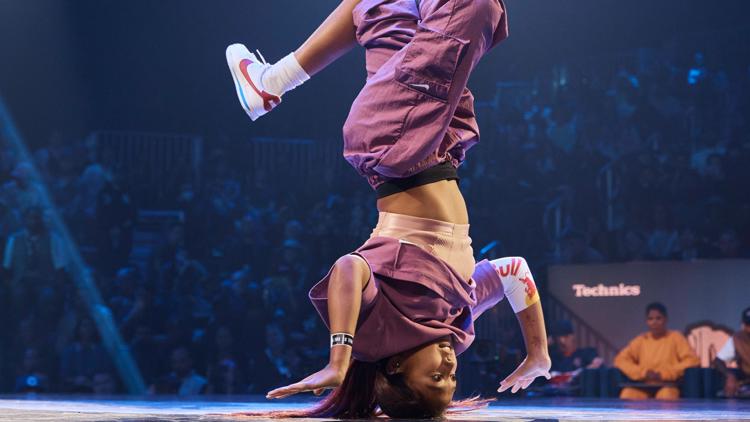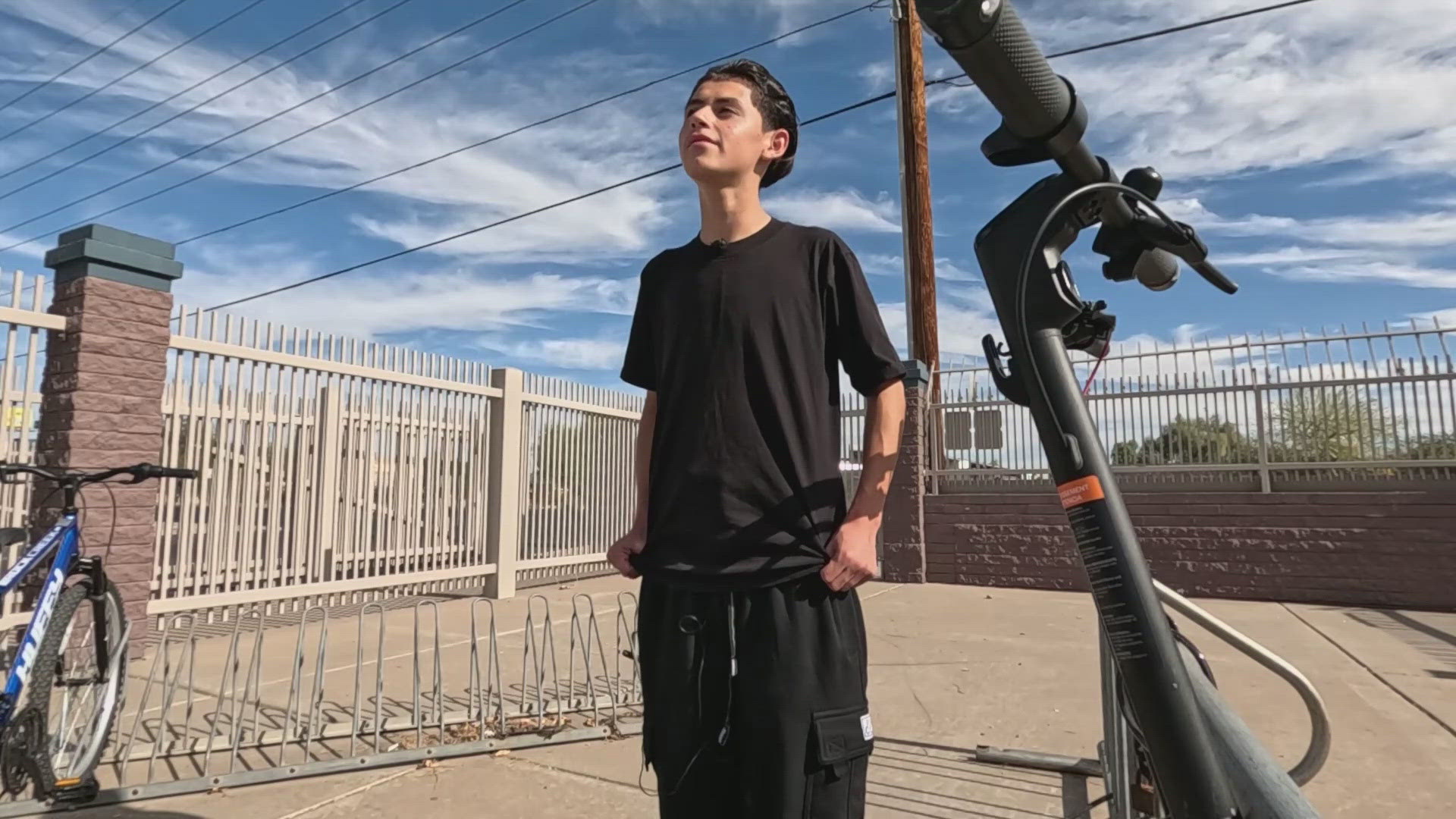GENEVA, Switzerland — Exactly 100 years since the Olympics were last staged in Paris, and 128 years since its modern revival in Athens, the Summer Games can still deliver fresh looks for its 33rd edition.
Here is a look at the innovations the Paris Olympics will showcase:
OPENING CEREMONY
This historic first for any Summer Games will launch the Paris Olympics and can be its defining image: Thousands of athletes in a flotilla sailing westward along the River Seine at sunset toward the Eiffel Tower on Friday, July 26.
The ambitious idea was to bring the tone-setting spectacle out of an expensively ticketed stadium and into the city where many more people can see it.
A crowd of 320,000 people is expected on the riverbanks along the 6-kilometer (3.7-mile) route from Pont d’Austerlitz to Pont d’Iéna.
Tickets will be free for about 220,000 invited and security-screened spectators watching from the upper river bank.
About 100,000 paying spectators, including lavish hospitality packages, will watch from the lower riverside and around the Trocadéro plaza — where the parade will end looking across to the Eiffel Tower.
It is the most audacious plan for a main Olympics ceremony — the 2018 Summer Youth Olympics tested a non-traditional opening in downtown Buenos Aires — and its most fraught security risk.
The original plan for 600,000 spectators allowed for more spontaneity in the city but less security.
French President Emmanuel Macron has acknowledged the river-borne parade could be moved if the city is struck again by terrorists as it was in 2015. The closing ceremony on Aug. 11 is scheduled in the Stade de France national arena after it hosts track and field in the final week.
“Since we are professional, there are obviously plan Bs, plan Cs, et cetera,” Macron said in December.
Ideally, Paris will bring its A-game.
GENDER PARITY
Paris was where women first competed at the Olympics — in 1900 with 22 of the 997 athletes in competition.
Women competed in tennis and golf, plus as part of team events in sailing, croquet, and equestrianism.
Charlotte Cooper of Britain became the first female individual gold medalist by winning the tennis singles event.
This time, for the first time, women have an equal share with men of an entry quota that is now 10,500 athletes across 329 events.
“This is our contribution to a more gender-equal world,” IOC president Thomas Bach has said.
That 2.2% proportion of female athletes in 1900 had risen to 23% at the 1984 Games in Los Angeles, where American Joan Benoit won the first women’s Olympic marathon.
There were debuts in Los Angeles for rhythmic gymnastics and what was then called synchronized swimming. It is now artistic swimming and men will make their Olympic debut in the event in Paris.
As the total of female athletes approached 50%, the IOC put pressure on Olympic teams that traditionally sent only men to complete. Saudi Arabia, Qatar and Brunei included female athletes for the first time at London in 2012.
It reached 48% at the Tokyo Olympics held in 2021 when teams were encouraged to select a man and a woman each to be flagbearers at the opening ceremony.
With gender parity on the field of play, a challenge for the IOC is to one day have a female president. Nine men have led the IOC since 1894.
The next presidential election is due in March 2025, and the Olympic body has only ever had one female candidate. In 2001, Anita DeFrantz, a bronze medalist in rowing for the United States at the 1976 Montreal Olympics, was eliminated first in a five-candidate contest won by Jacques Rogge.
PRIZE MONEY
In Paris, prize money will be paid to gold medalists directly from Olympic revenues in a controversial break with tradition.
Not by the IOC, however, which has clearly objected to the promise made in April by track and field’s governing body World Athletics.
Each of the 48 gold medals in track and field in Paris carries a $50,000 prize. For Los Angeles in 2028, World Athletics also wants to pay prize money for silver and bronze.
Prize money has become routine for Olympic athletes when paid by state governments and national Olympic bodies.
France will pay its gold medalists around $85,000 each. The U.S Olympic and Paralympic Committee runs “Project Gold,” which gives $37,500 for gold, $22,500 for silver and $15,000 for bronze.
However, the $2.4 million pledge announced by World Athletics president Sebastian Coe will come directly from the sport’s share of the IOC’s multi-billion dollar income from broadcasting and sponsor deals.
In Tokyo, the IOC set aside about $540 million for the collective group of Summer Games sports bodies, known as ASOIF, to share among its members. Track is a top-tier Olympic sport and so got the highest payment, almost $39.5 million.
The IOC does not want a trend to develop, prefering governing bodies spend their Olympic revenues on development projects. World Athletics is among the few with money to spare to reward elite athletes.
BREAKING THROUGH
Breakdance will make its Olympic debut in Paris.
Breaking’s 50-year journey from the Bronx will arrive at the Place de la Concorde, where 16 b-boys and 16 b-girls will compete on Aug. 9-10.
The sport’s Olympic path overseen by the World DanceSport Federation follows the downtown opening ceremony concept — tested in Buenos Aires in 2018 and realized in Paris.
Breaking might yet be one and done. It has been dropped for 2028 in Los Angeles before getting a chance to prove itself. Los Angeles organizers have opted instead to give cricket, flag football, lacrosse and squash their modern Olympic debuts.
It is unclear yet if Brisbane will push to give breaking a second chance in 2032.
SURF’S UP
Add surfing by a beach in Tahiti to the picture postcard images in store from the Paris Olympics.
Staging an event half a world away from the Olympic host city is not unique though this time it is by design, and concurrently.
In 1956, horse quarantine rules in Australia meant equestrian events were held in Stockholm, Sweden, five months before the opening ceremony in Melbourne.
Paris organizers stuck to their wish taking surfing to French Polynesia in the Pacific Ocean even when the IOC preferred to use an option on the mainland, like the Atlantic Ocean resort Biarritz.
Teahupo’o was approved and the controversy that has followed was not about excessive long-haul flights but instead building a tower for the judges in the sea that could damage the coral reef.



